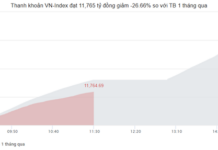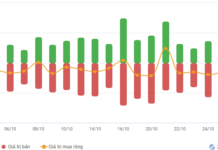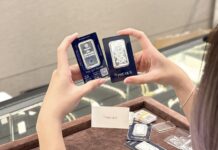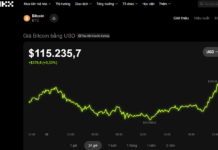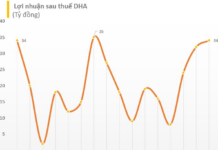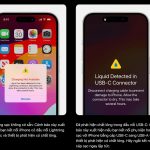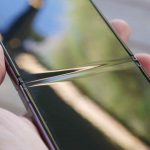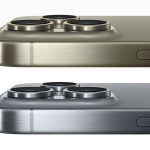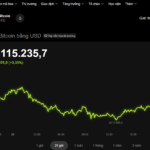HTC One M7: A Timeless Smartphone
Today, most of the attention on Android is directed towards companies like Samsung and Google. There was a time, though, when users had more choices with unique devices from LG and HTC.
Many will remember the HTC One, or the One M7, which created a storm when it launched 11 years ago.
Even though it’s over a decade old, the One M7 still exudes a timeless and elegant design.

Its size was considered average when it launched in 2013, not as large as Samsung’s Galaxy Note 3, but significantly bigger than the iPhone 5s with its 4-inch screen.
Nowadays, a 4.7-inch display is considered quite small. However, the One M7 undoubtedly offered a comfortable grip, with its slightly curved back fitting snugly in the palm of your hand—a feature rarely found in today’s smartphone market.
Of course, size wasn’t the only factor that made the HTC One stand out from its competitors in 2013. That honor goes to its aluminum unibody design.
Instead of using glass and metal as per today’s standards, HTC opted for a plastic frame with corresponding strips along the back for antennas, setting a standard for Android hardware in the post-iPhone 4 world.
Even after 11 years, the One M7’s exterior remains aesthetically pleasing. When viewed from the front, especially with the screen turned off to conceal the bezels, it exudes class. The chamfered edges reflect the surrounding light perfectly without attracting dust or fingerprints.
The front-facing stereo speakers evoke memories of modern ultra-thin laptops.

Of course, the HTC One wasn’t perfect. The off-center micro-USB port was inconvenient, and the power and volume buttons were almost flush with the body, making them difficult to press.
Add to that the logo parade on the back: the HTC logo, the Verizon logo with the 4G LTE emblem, and the massive Beats Audio logo covering most of the aluminum back, resembling a messy tattoo.
The camera and HTC Sense software were also forgettable.
From Android “King” to a Shadow of Its Former Self
With its unibody aluminum design, the HTC One M7 stood out from modern smartphones. Almost every Android flagship today relies on identical materials: a metal frame with glass on the front and back.
The curved back, flat camera sensor, front-facing speakers, and capacitive buttons make the One M7 a relic from a bygone era.
But that’s why HTC still holds a special place in the hearts of millions of Android enthusiasts worldwide. Even as Samsung was building its lead at the time, the company faced backlash over the design of the Galaxy S4. In comparison, the S4 felt cheap and flimsy next to the One M7.

In his review at the time of the phone’s release, former Android Police EIC David Ruddock called the HTC One M7 the most important smartphone of 2013. He praised it as “the best-built Android phone ever.”
Unfortunately, the HTC One also marked the beginning of the end for the company. Its successors, the M8 and M9, failed to bring anything new to the table, leading to their eventual obscurity.
It wasn’t until the HTC 10 that the company offered a worthy successor to the M7’s design—but by then, it was too late.
In the end, Samsung paid more attention to design by adopting premium materials for the Galaxy S6 and S7, following in HTC’s footsteps and dethroning them.
HTC should’ve been the king of Android phones for years, but after the One M8, its market share started to plummet. The iPhone 5s was the best-selling phone in North America, and the iPhone 6 shook the entire industry. By 2016, HTC had lost over 50% of its company value—a massive decline in just two short years.
There were many reasons for HTC’s downfall: bizarre marketing campaigns, carrier exclusivity deals, and a string of poorly-selling devices born out of collaborations with big companies.
HTC still exists, but it’s a shadow of its former self. Today, the company mainly focuses on VR and the HTC Vive headset. Occasionally, they release a smartphone. The “U” line is exclusive to HTC, but you’d be hard-pressed to find them on store shelves.
Given this situation, we may never see a device like the HTC One M7 again. But for Android users who witnessed its heyday 11 years ago, the legacy and standards it set for the smartphone industry will never be forgotten.

